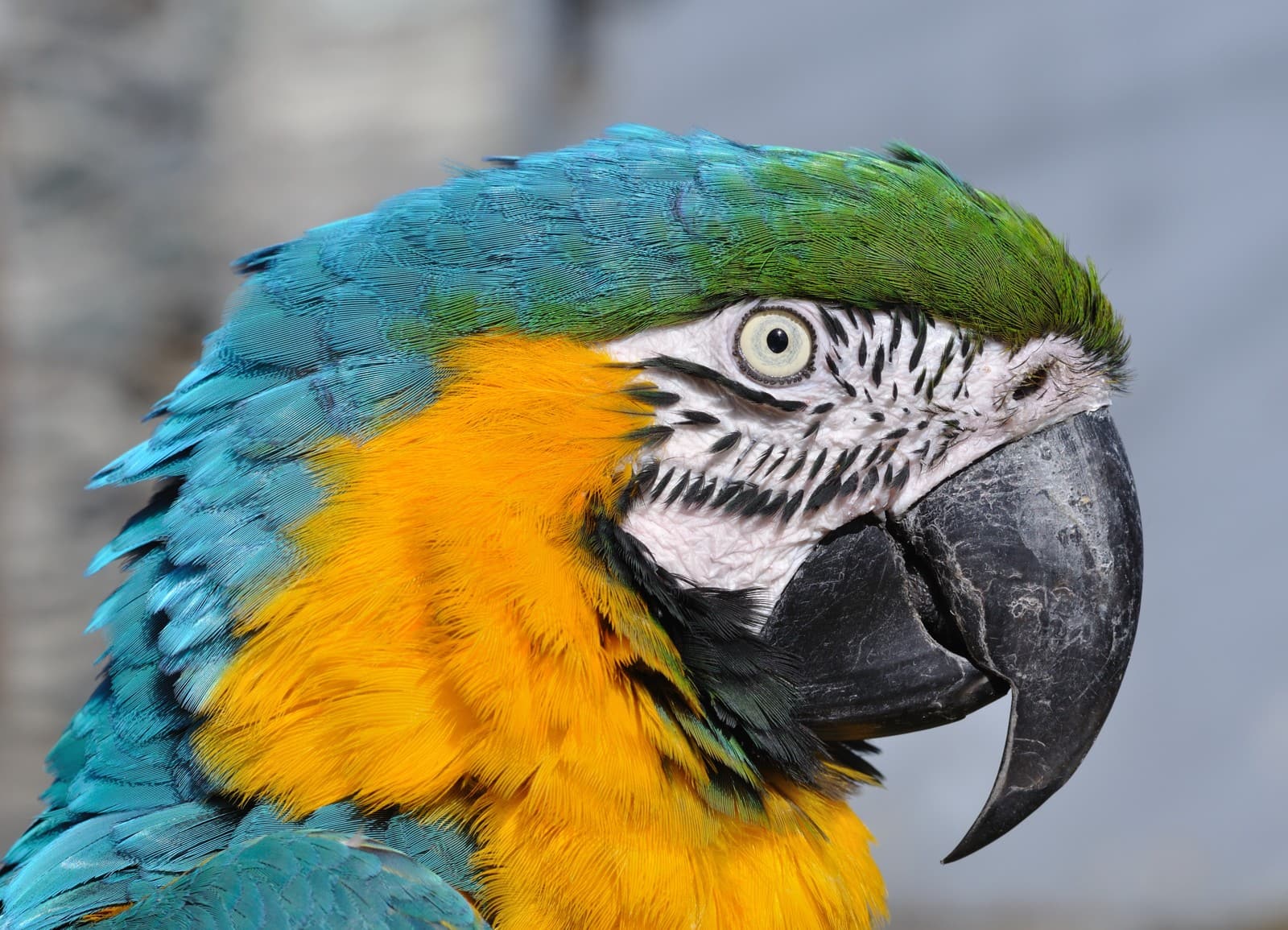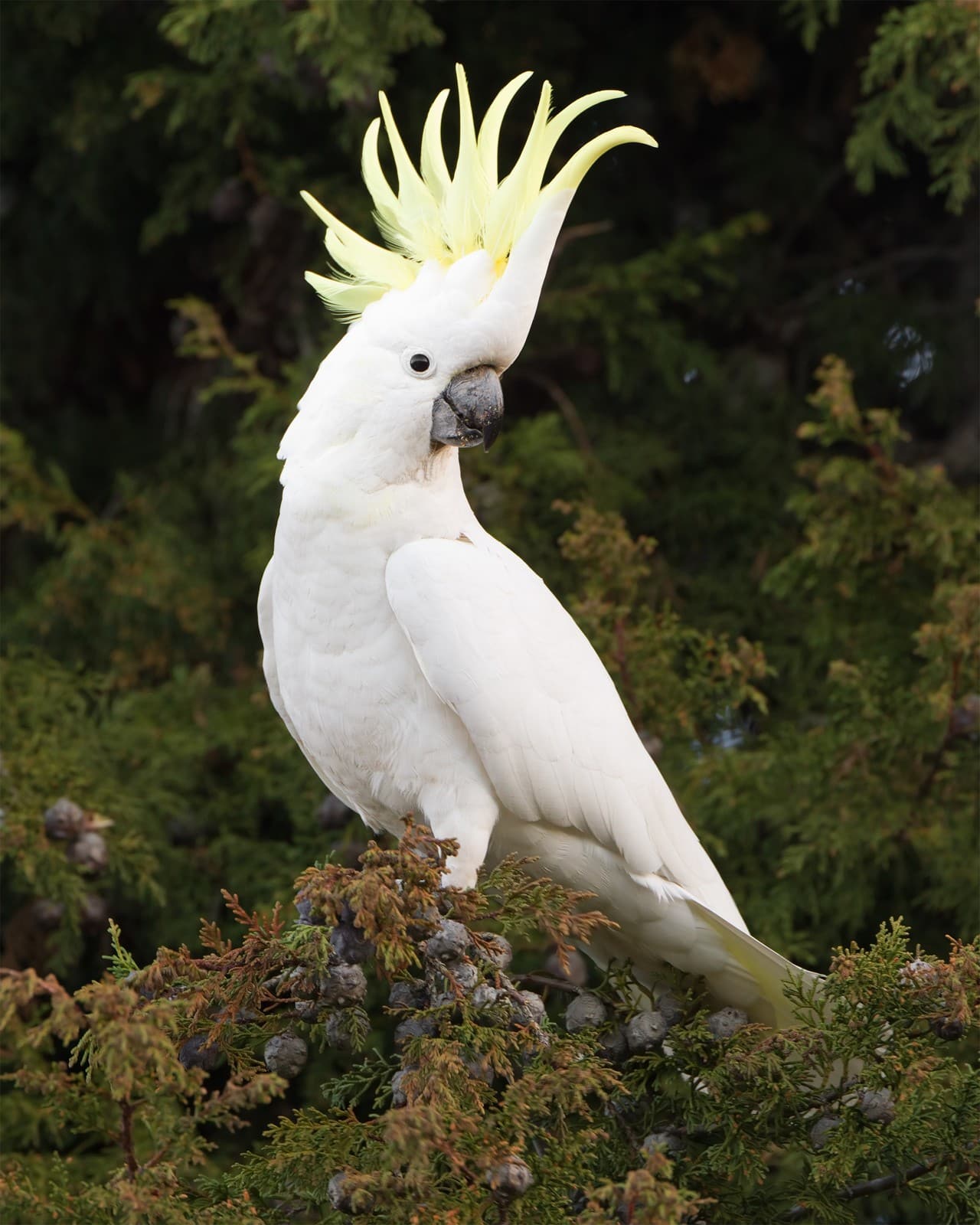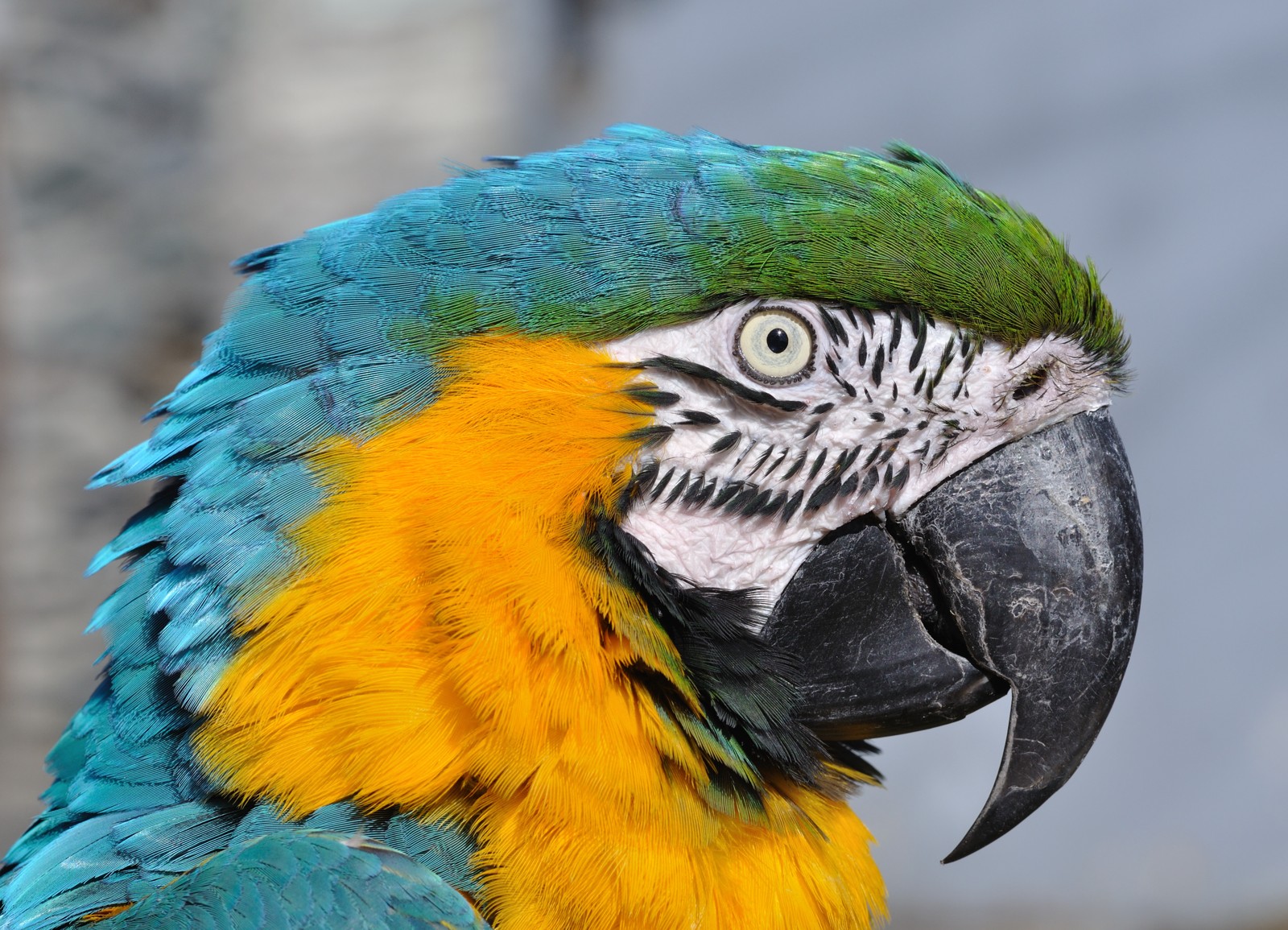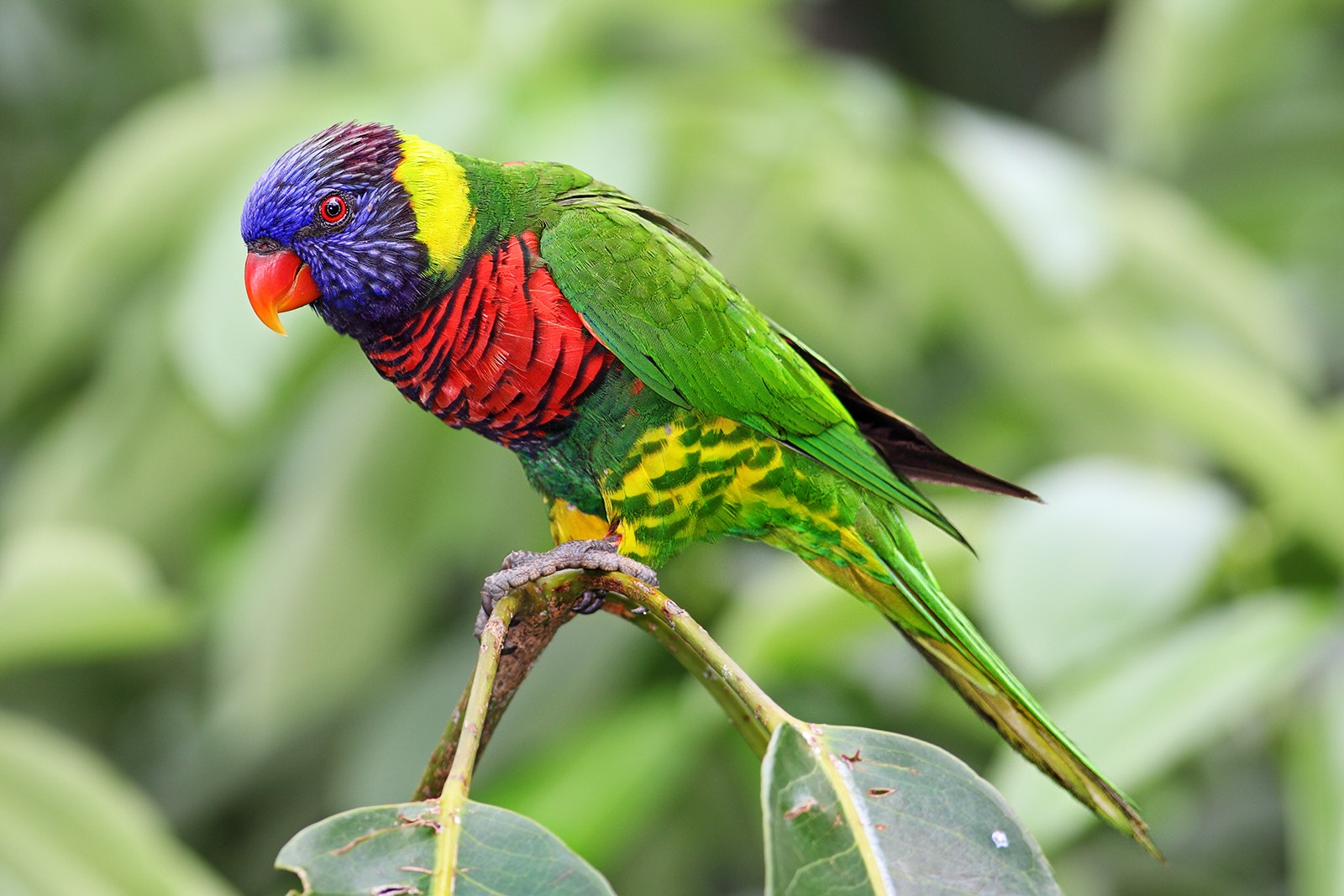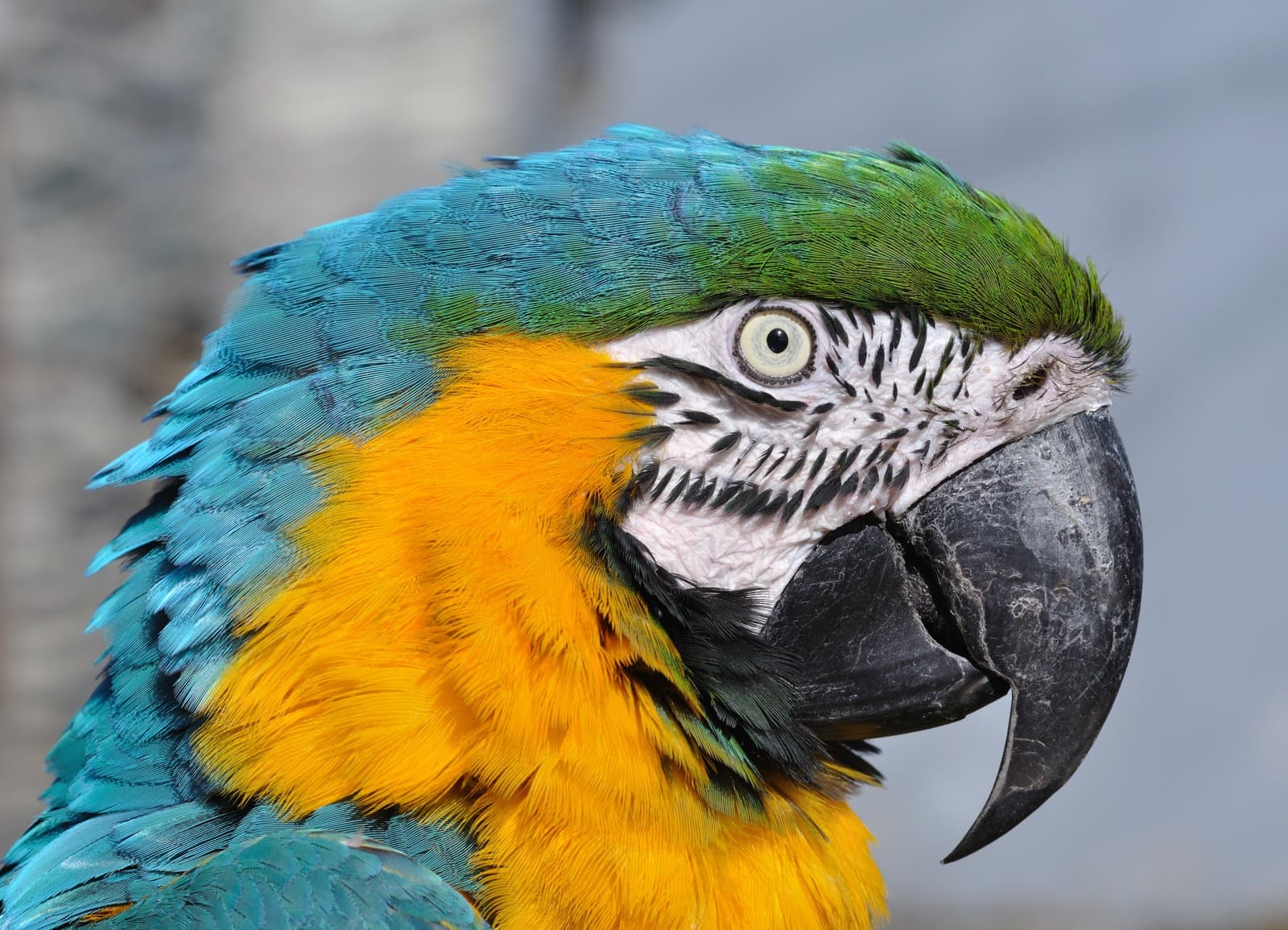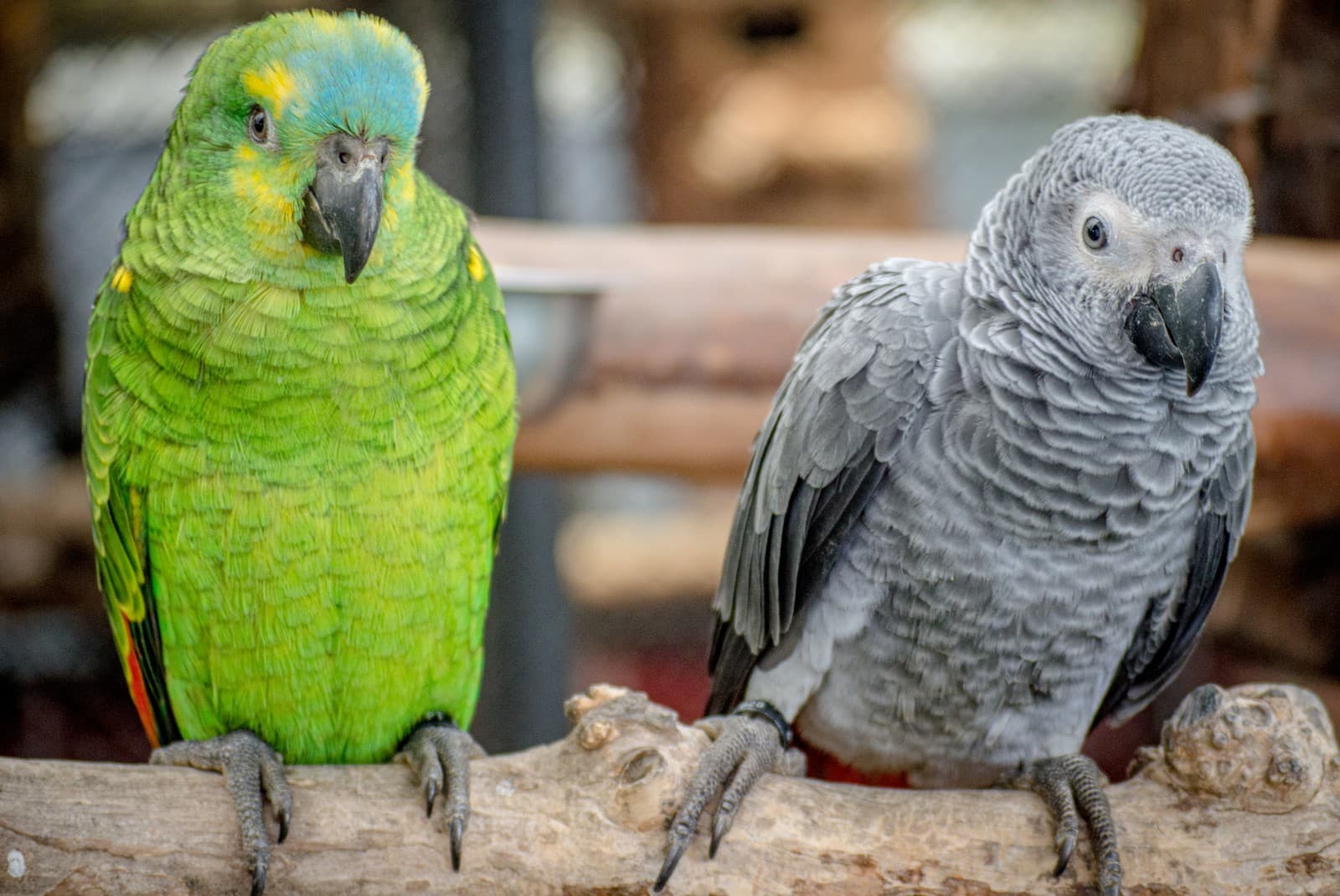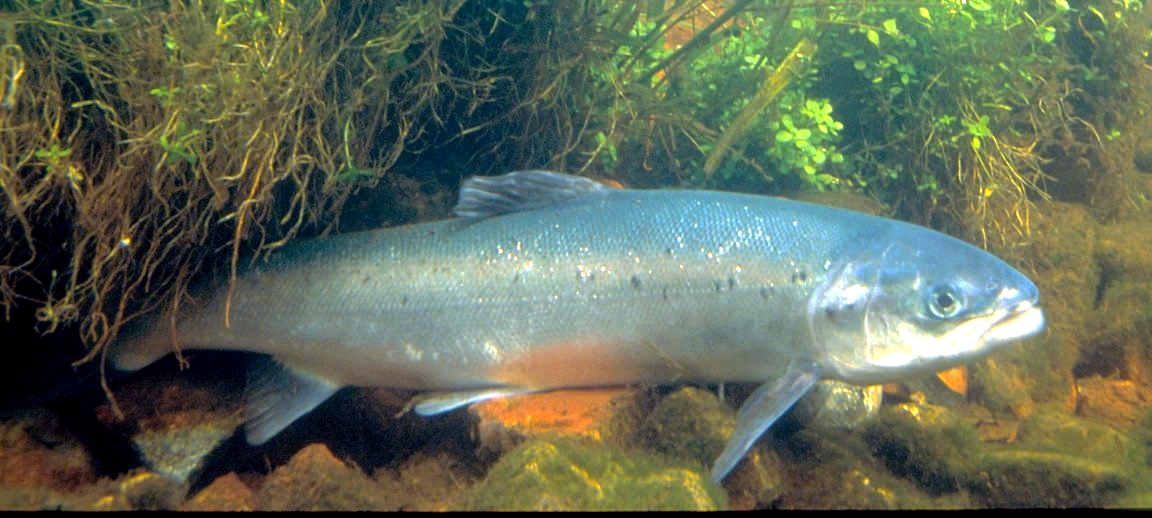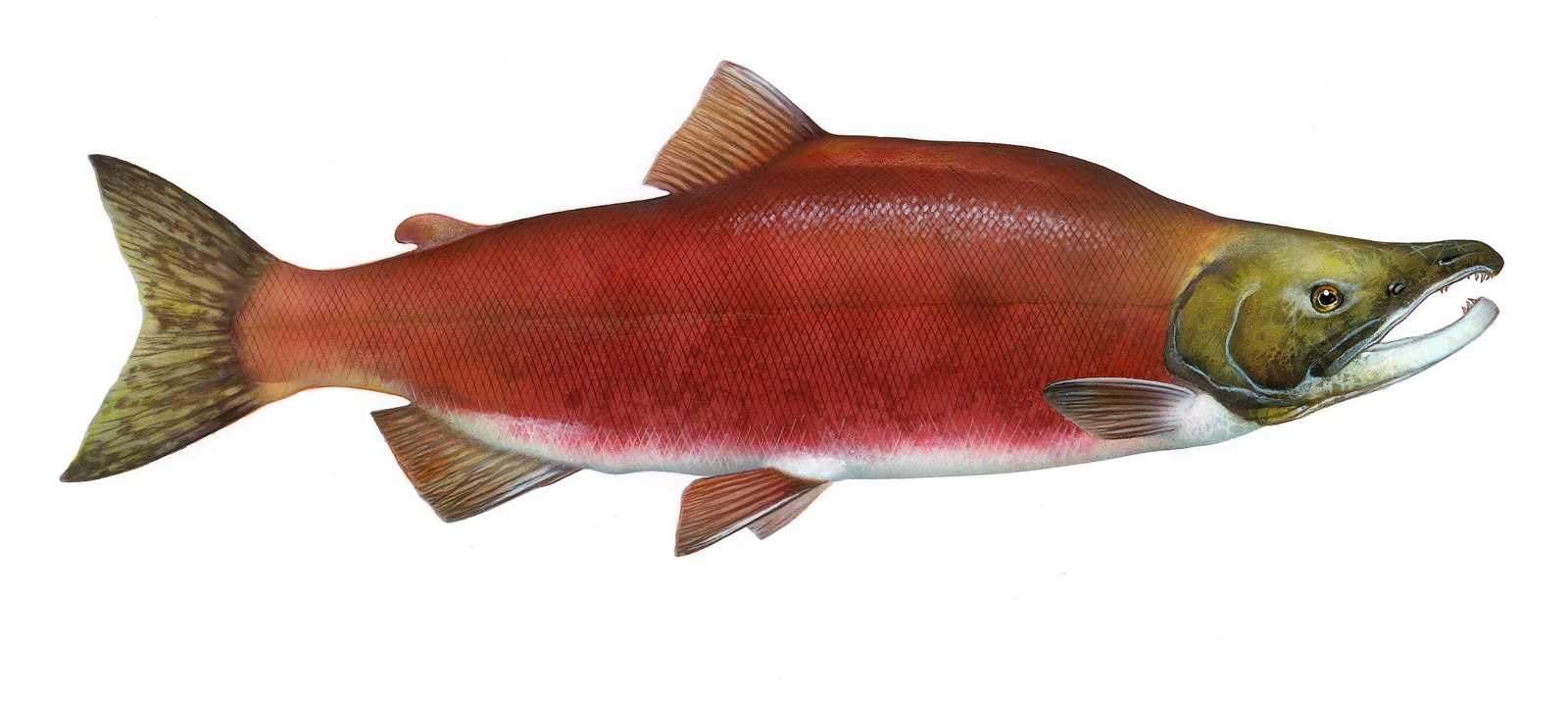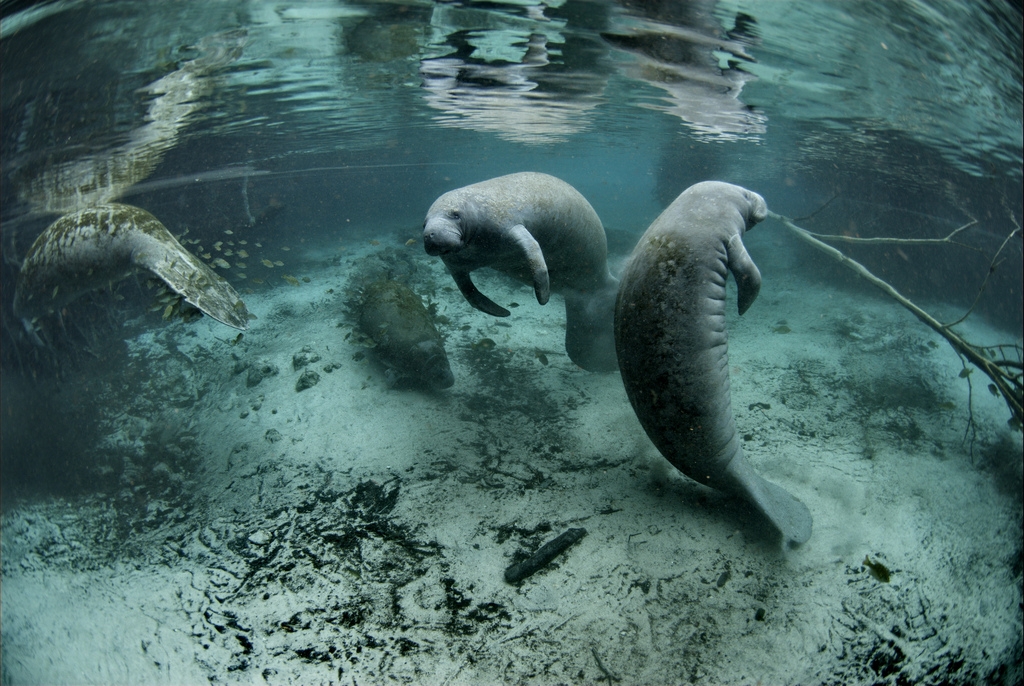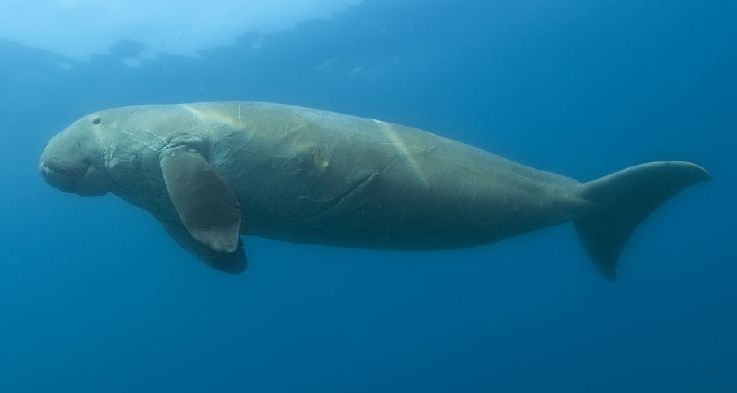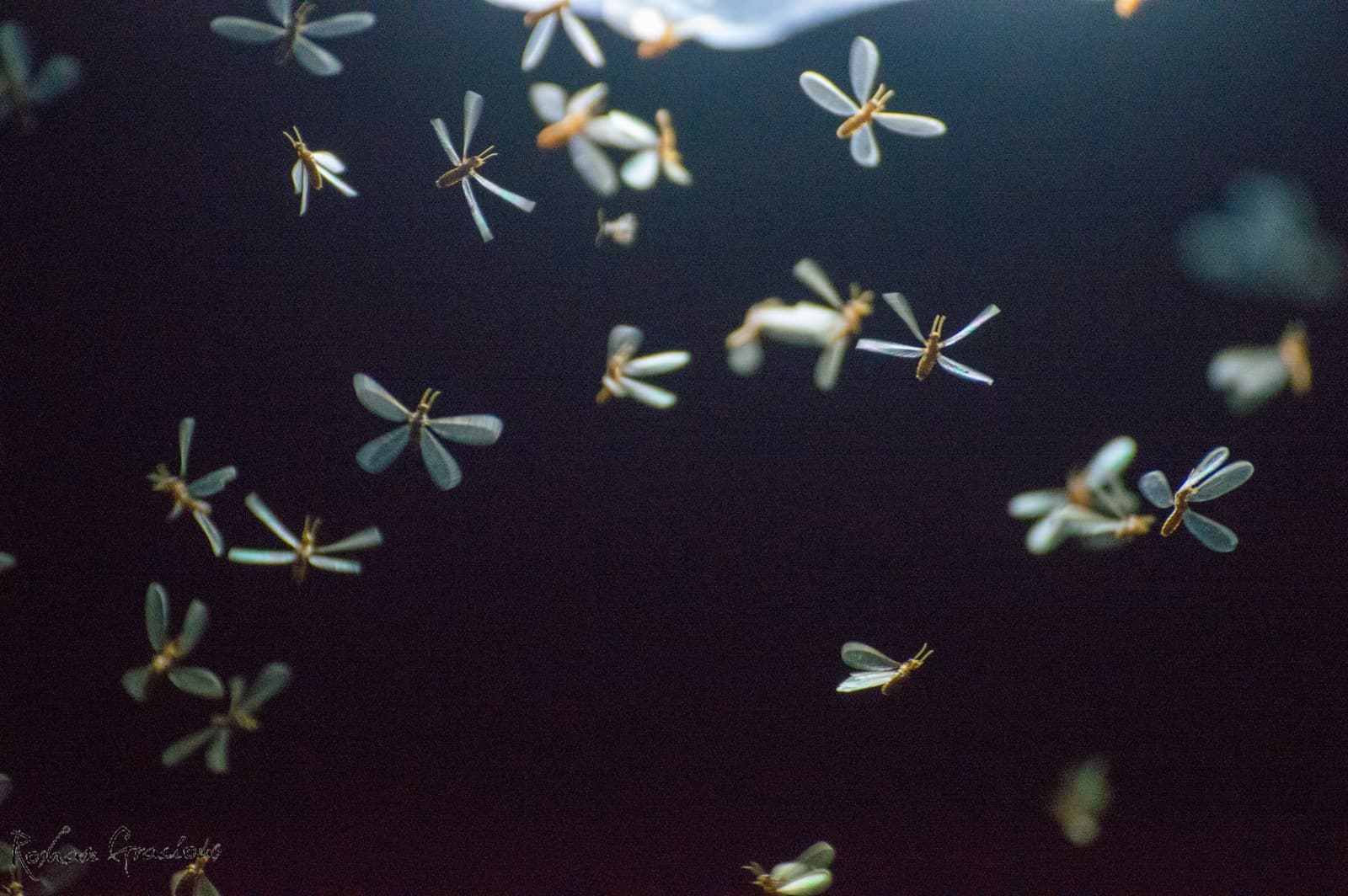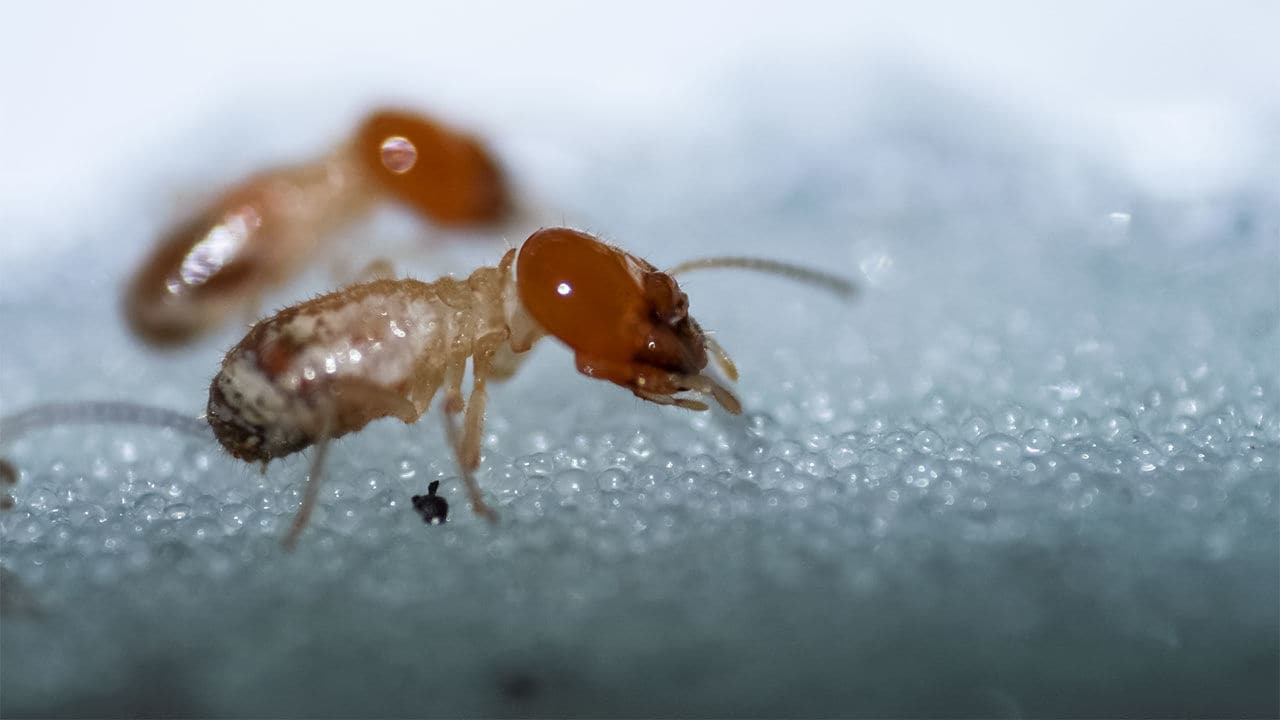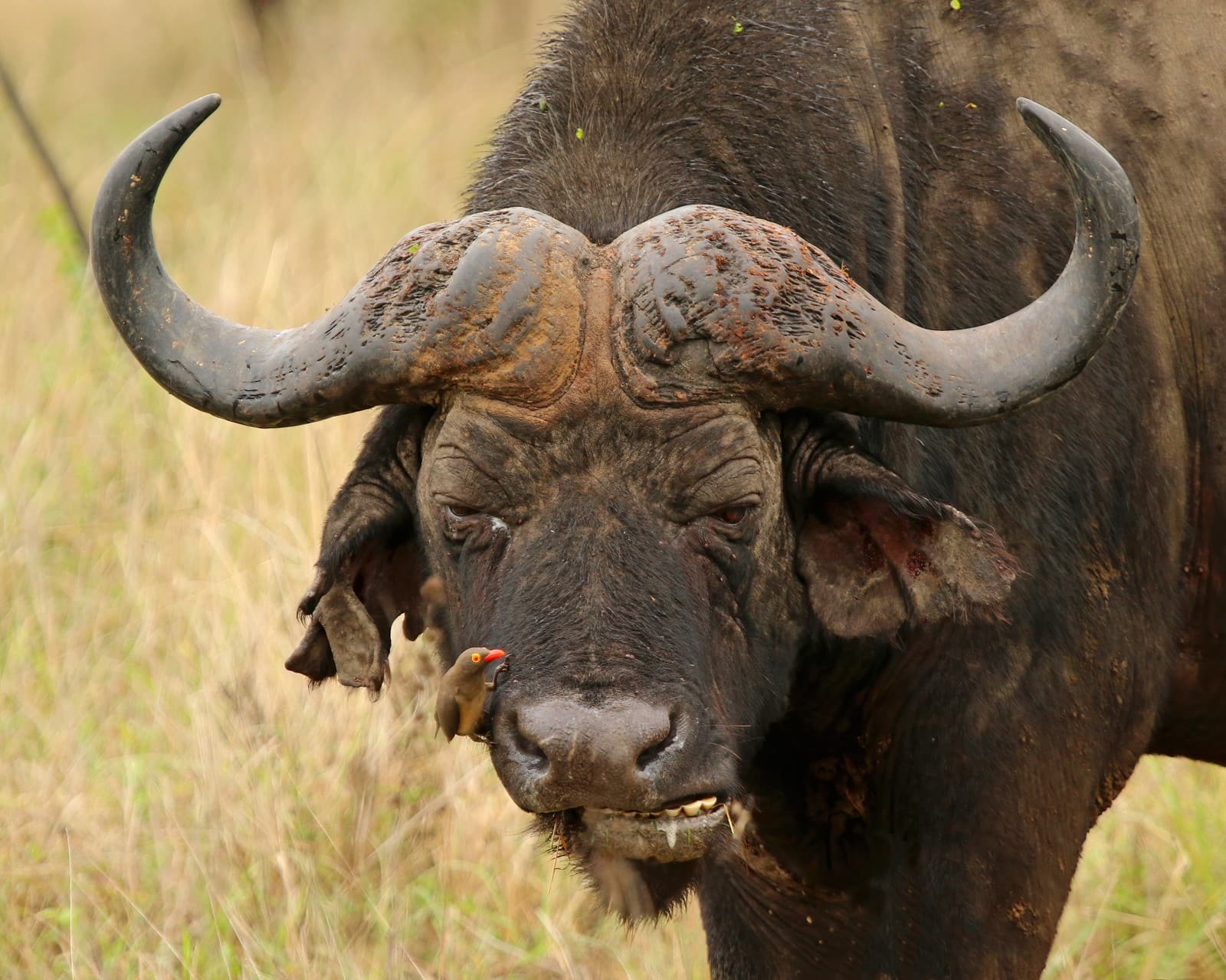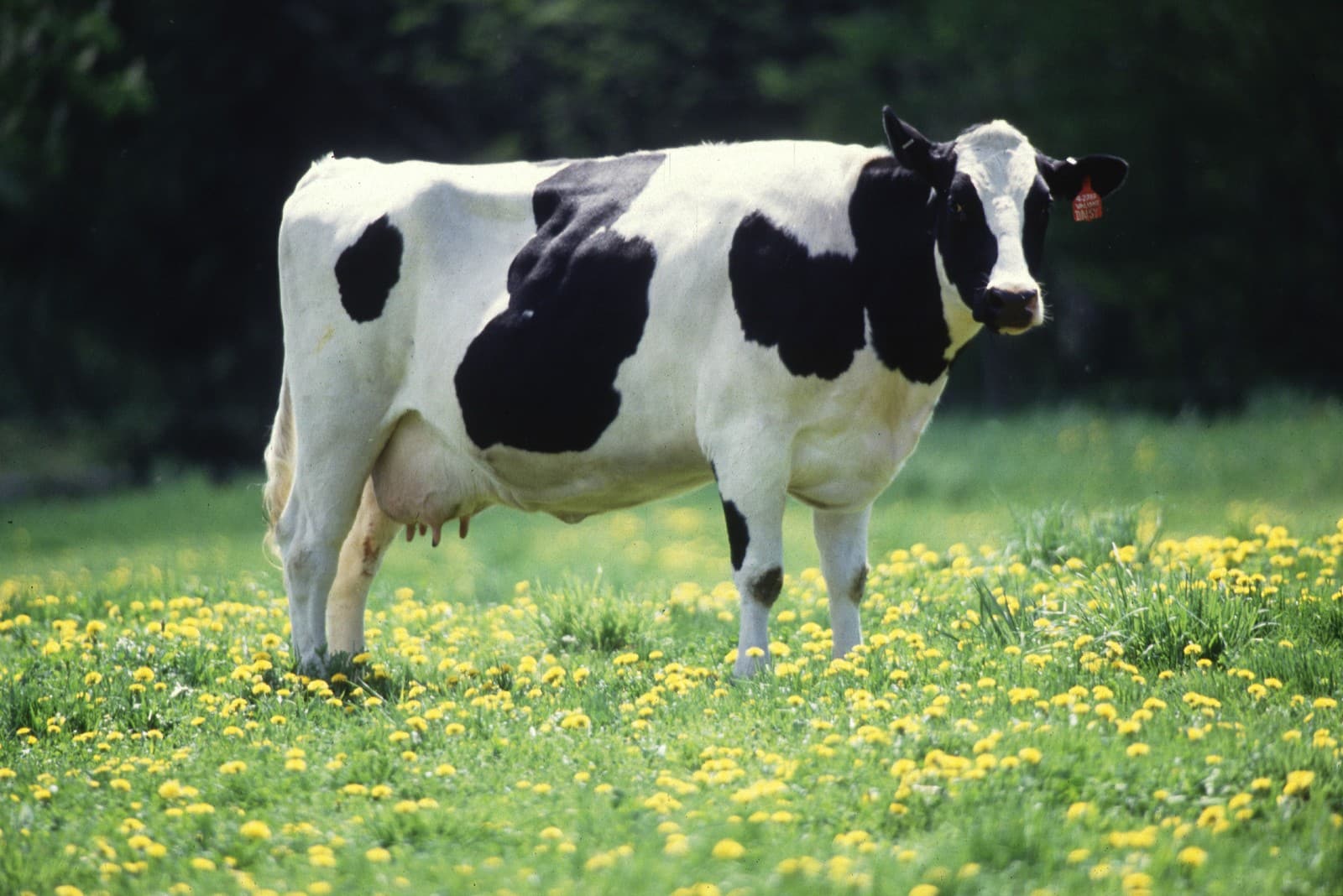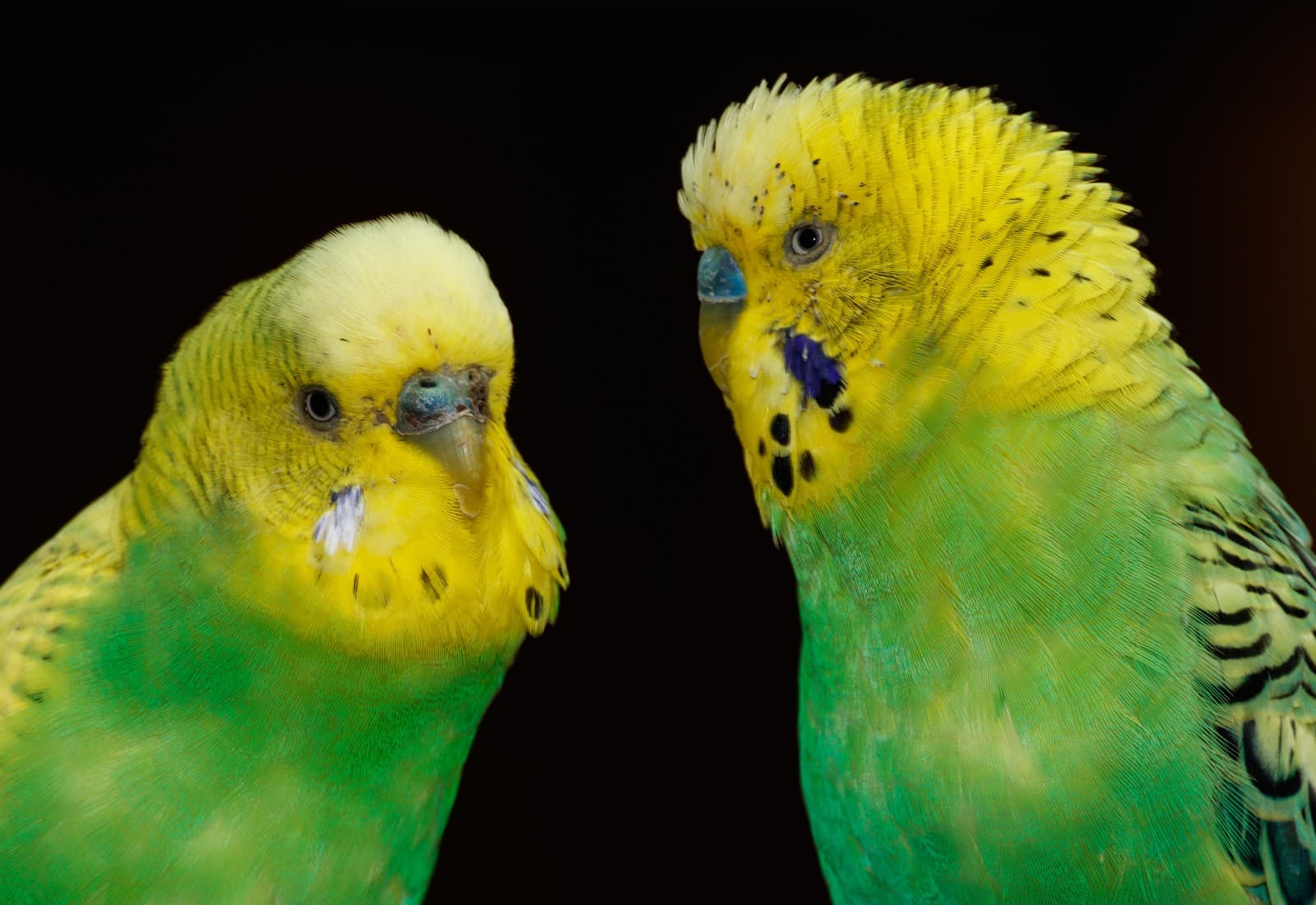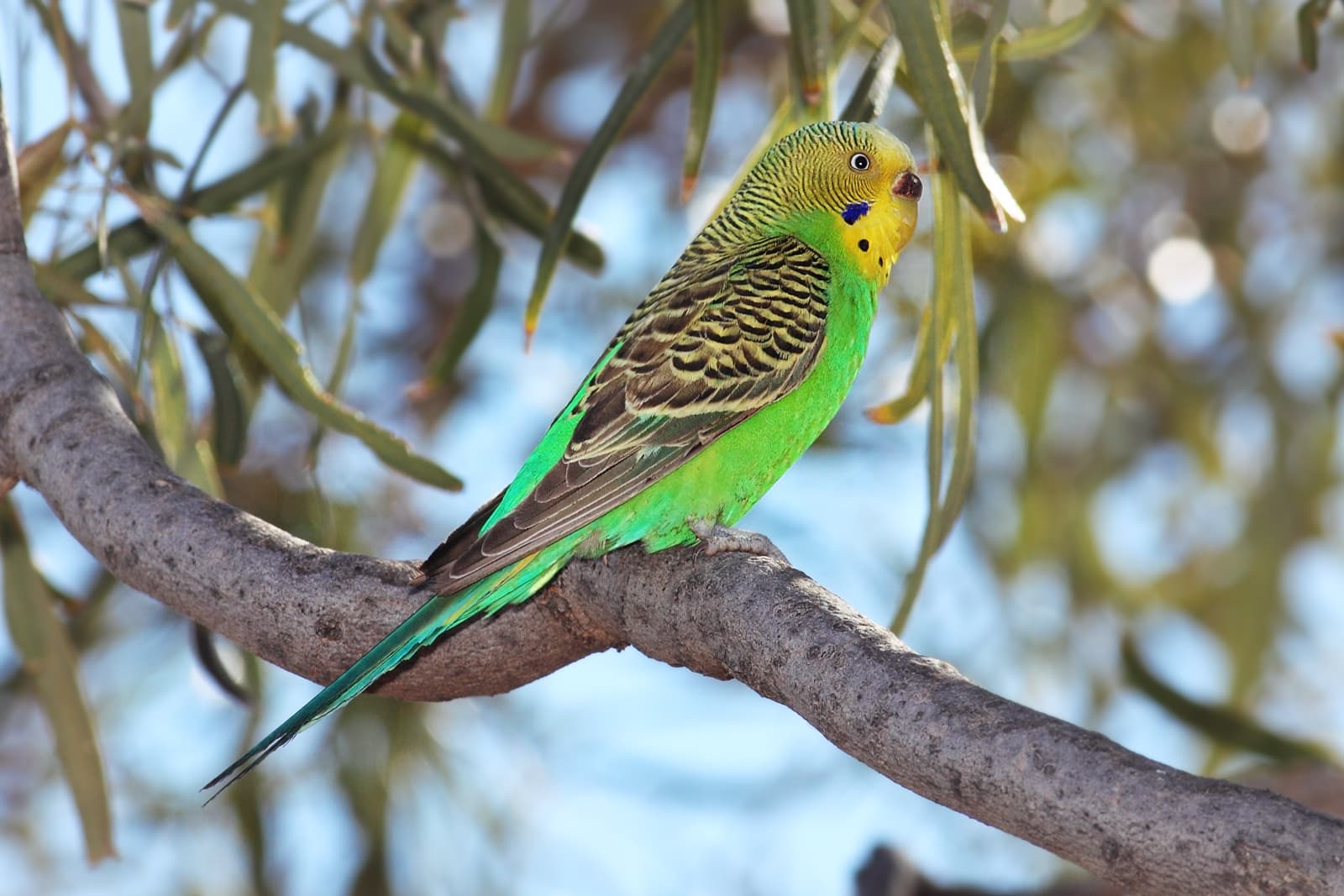African Grey Parrot vs Macaw: A Complete Comparison
When comparing the African Grey Parrot vs Macaw, we’re examining two of the most remarkable species in the parrot family, each with distinct characteristics that make them exceptional companions. African Greys are renowned for their extraordinary intelligence, capable of learning over 1,000 words, while Macaws captivate with their stunning colors and larger-than-life personalities. The average African Grey weighs 12-16 ounces (340-454g), significantly smaller than most Macaw species, which can reach 2-3 pounds (0.9-1.4kg).
These fascinating parrots differ dramatically in both appearance and temperament. African Greys excel in problem-solving and speech mimicry, making them ideal for owners seeking an intellectually engaging companion. Macaws, conversely, are known for their playful nature and striking appearance, perfect for those wanting a more visually dramatic and socially outgoing pet.
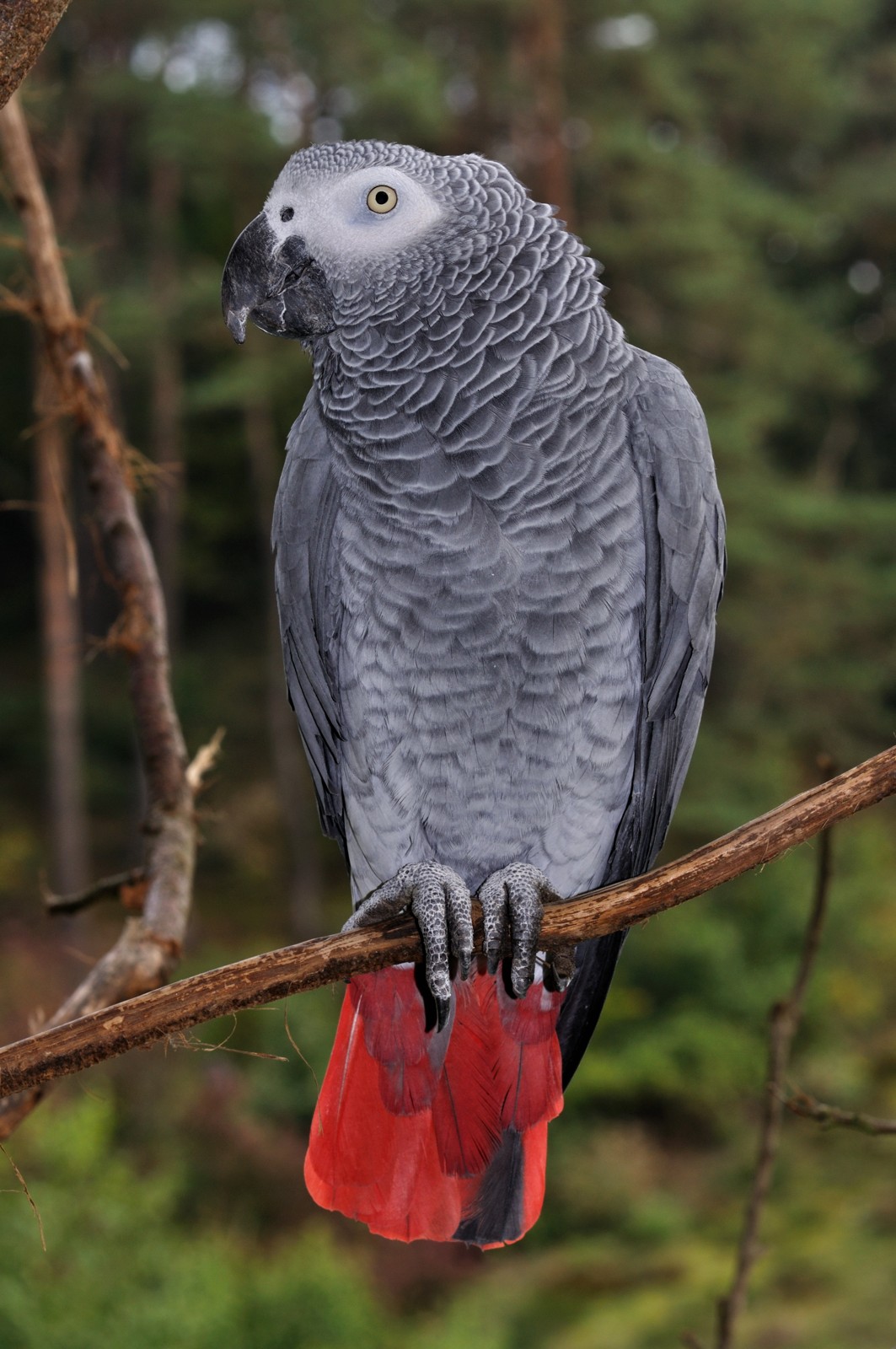
© Quartl / CC BY-SA 3.0
The African Grey Parrot showcases nature’s elegant simplicity with its sophisticated gray plumage and striking red tail. These medium-sized parrots are renowned for their exceptional cognitive abilities, often compared to a 5-year-old human child in problem-solving capabilities.
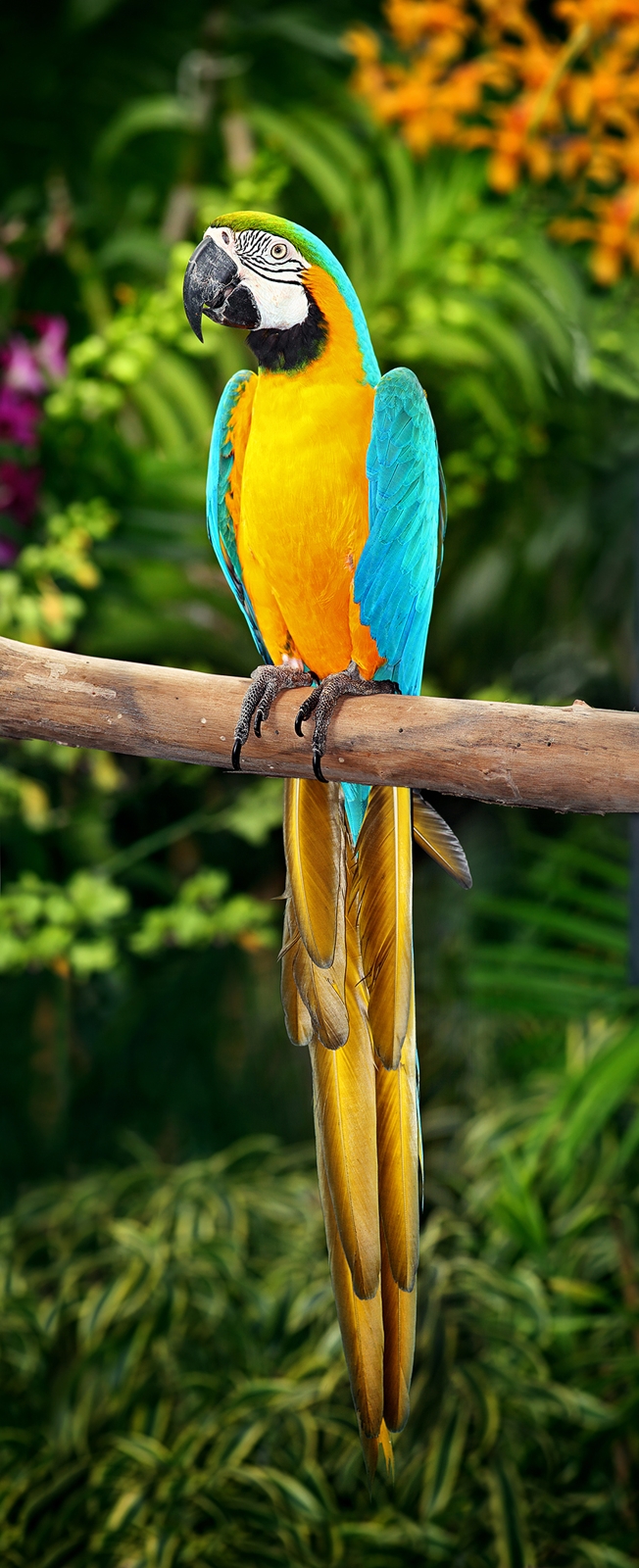
© Benjamint444 / GFDL 1.2
The magnificent Macaw exemplifies tropical splendor with its rainbow of vibrant feathers and impressive size. These larger parrots command attention with their long tail feathers and powerful presence, making them true showstoppers in the avian world.
Key Differences Between African Grey Parrots and Macaws
| Feature | African Grey Parrot | Macaw |
|---|---|---|
| Size | 13 inches (33 cm) | 24-40 inches (60-100 cm) |
| Weight | 12-16 oz (340-454g) | 2-3 lbs (0.9-1.4kg) |
| Lifespan | 40-50 years | 50-60 years |
| Intelligence | Exceptional vocabulary, advanced problem-solving | Good learning ability, more focused on social interaction |
| Noise Level | Moderate, excellent speech clarity | Very loud, frequent vocalizations |
| Space Requirements | Medium cage, 24x24x36 inches minimum | Large cage, 36x48x60 inches minimum |
Intelligence and Communication Abilities
African Grey Parrots are widely considered the most intelligent of all parrot species, demonstrating remarkable cognitive abilities in scientific studies. They can learn hundreds of words with contextual understanding, count numbers, and solve complex puzzles. Their vocabulary can exceed 1,000 words, with documented cases of birds using language to express emotions and needs.
Macaws, while also intelligent, express their cognitive abilities differently. They excel in social intelligence and emotional expression, often developing strong bonds with their caregivers. Their vocabulary typically ranges from 15-20 words, but they compensate with dramatic body language and expressive vocalizations.
Space and Care Requirements
African Grey Parrots require:
- Minimum cage size: 24x24x36 inches
- Daily interaction: 2-4 hours
- Monthly care costs: $100-150
- Regular veterinary check-ups
- Complex toys for mental stimulation
Macaws need:
- Minimum cage size: 36x48x60 inches
- Daily interaction: 3-6 hours
- Monthly care costs: $150-200
- Heavy-duty toys and perches
- Specialized large parrot diet
- Substantial space for flight and play
Personality and Social Behavior
African Greys tend to be:
- More reserved and observant
- Deeply bonded with one person
- Sensitive to environmental changes
- Excellent at reading human emotions
- Prone to anxiety if not properly socialized
Macaws typically are:
- More outgoing and demonstrative
- Social with multiple family members
- Louder and more demanding of attention
- More tolerant of household activity
- Natural showoffs who enjoy interaction
Making the Right Choice
Choose an African Grey if you:
- Value intellectual stimulation and verbal interaction
- Can provide consistent, calm environment
- Have experience with parrots
- Want a more subtle, sophisticated pet
- Live in an apartment or smaller space
Choose a Macaw if you:
- Want a dramatic, colorful companion
- Have plenty of space
- Don’t mind loud vocalizations
- Can provide extensive social interaction
- Have a house rather than an apartment
Both species require significant commitment in terms of time, attention, and resources. The African Grey Parrot vs Macaw decision ultimately depends on your living situation, experience level, and what you’re seeking in a companion bird.
